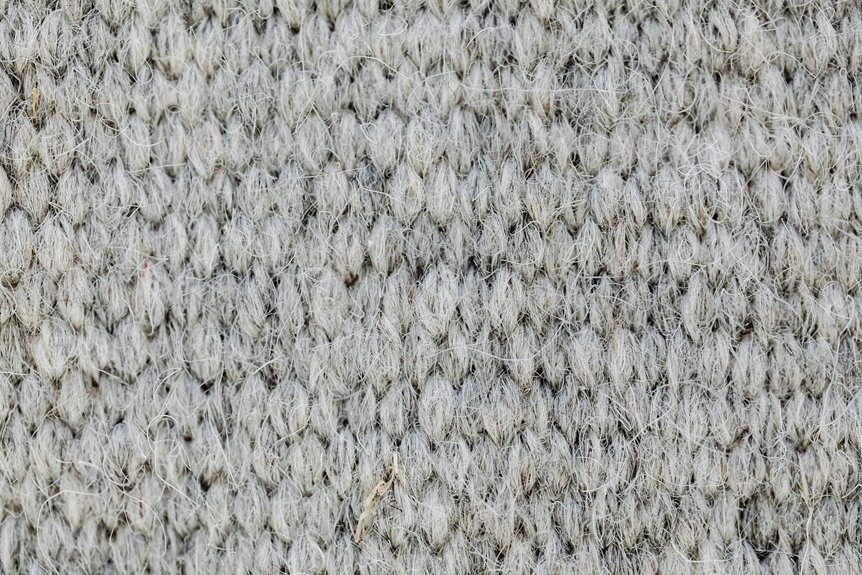Glass wool insulation is crafted from natural minerals and recycled glass, forming a fibrous material that effectively traps air, providing exceptional thermal and acoustic insulation. It is non-combustible, possessing a high melting point, which enhances its safety for fire protection.
The production process involves melting raw materials at elevated temperatures and then spinning them into fine fibres. Although this process requires significant energy, the insulation delivers notable advantages such as moisture resistance and durability, ensuring a long-lasting performance.
These characteristics make glass wool insulation a favourable choice for sustainable building practices, contributing to enhanced energy efficiency and environmental responsibility in construction projects.
Composition and Manufacturing Techniques
Glass wool insulation is primarily composed of natural mineral raw materials that are carefully selected and processed to create a high-quality insulating material. These raw materials include quartz sand, limestone, dolomite, soda ash, and borax, which are combined to form glass. A significant proportion of recycled glass cullet is also incorporated, enhancing the sustainability of the product. During the manufacturing process, these materials are meticulously weighed, mixed, and melted at temperatures exceeding 1400°C in electric or gas furnaces. The molten glass is then spun or blown into fine fibres using high-speed equipment, akin to the production of cotton candy. This process involves precise control of temperature and fibre diameter to ensure consistent insulation properties. Binders, often bio-based or organic, are injected during fibre formation to ensure the fibres adhere together. Occasionally, mineral oils are added to minimise dust during handling. This method of production not only results in effective thermal insulation but also contributes positively to environmental sustainability through the use of recycled materials. The careful selection and processing of raw materials, along with advanced manufacturing techniques, ensure that glass wool insulation remains a popular choice for thermal and acoustic insulation in various applications across the UK.
Thermal and Acoustic Insulation Benefits
The thermal and acoustic insulation advantages of glass wool make it a widely preferred option for enhancing building comfort and efficiency. With its low thermal conductivity, glass wool effectively traps air pockets that significantly reduce heat transfer. A well-installed layer can help lower roof temperatures, thereby supporting heating and cooling requirements, while simultaneously decreasing energy consumption. Glass wool’s insulating properties rely on its laminar structure of gas pockets and solid fibers, which reduces conduction and convection of heat. In addition to its thermal properties, glass wool excels in sound absorption, capable of diminishing up to 90% of sound waves. Its porous and elastic structure disrupts sound transmission, making it an excellent choice for installation in walls, ceilings, and floors. This quality not only contributes to a quieter environment in homes and workplaces but also enhances overall comfort. Moreover, glass wool’s inherent resistance to moisture ensures that it maintains dry conditions, preventing damage and ensuring long-lasting insulation performance.
Fire Safety and Structural Advantages
Glass wool’s fire safety and structural advantages provide an essential layer of protection for buildings. Classified as non-combustible, it adheres to stringent building regulations, making it a reliable option for fire prevention. This material doesn’t propagate flames or support combustion, maintaining its structural integrity at elevated temperatures. This characteristic is crucial in containing fires and minimising damage. It also has a high melting point, which further enhances its fire-resistant properties by maintaining its integrity even under extreme heat.
Unlike combustible insulation materials, glass wool exhibits stable performance in fire conditions due to its mineral composition, rather than relying on added chemicals. It serves as an effective thermal barrier, slowing heat transfer and safeguarding structural components like steel and concrete from rapid temperature spikes.
Moreover, during a fire, glass wool emits minimal smoke and toxic gases, which facilitates safer evacuation and enhances firefighting efforts. Its certifications ensure compliance with safety standards, further establishing it as a prudent choice for fire safety in construction.
Sustainable Practices and Environmental Impact
While glass wool insulation offers numerous advantages, its production process can significantly impact the environment. The manufacturing is energy-intensive and often relies on fossil fuels, contributing to greenhouse gas emissions. The raw materials used—sand, limestone, and soda ash—can lead to depletion of natural resources if not sourced sustainably.
Some manufacturers are taking steps to improve by incorporating recycled materials, although the recycled content typically falls short compared to that found in fibreglass. The non-biodegradable nature of glass wool also presents challenges at the end of its lifecycle, making recycling a complex issue.
To tackle these environmental concerns, companies are increasingly adopting eco-friendly production methods and placing a strong emphasis on energy efficiency. Industry regulations further encourage the implementation of more sustainable practices.
These collective efforts aim to reduce the overall environmental footprint while continuing to provide insulation that supports energy savings and climate objectives.
Conclusion
Glass wool insulation is an effective material that enhances energy efficiency and acoustic comfort in buildings. Its composition, consisting of fine glass fibres produced through specialised manufacturing processes, creates a barrier against heat transfer and noise.
Additionally, glass wool insulation offers significant fire safety benefits and plays a crucial role in sustainable construction practices. Overall, this insulation solution combines high performance with environmental advantages, making it a reliable choice for contemporary insulation requirements.
Its durability and eco-friendly characteristics support long-lasting, safe, and responsible building design, ensuring that structures not only meet modern standards but also contribute positively to the environment.

